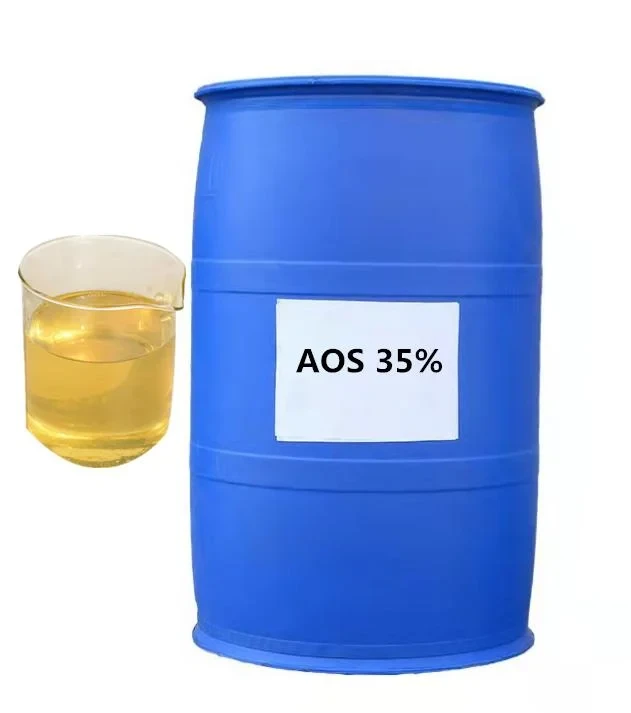



Safety Data Sheet Overview for Sodium Peroxide Handling and Storage
Safety Data Sheet (SDS) Overview for Sodium Peroxide
Sodium peroxide (Na2O2) is an inorganic compound that plays a significant role in various industrial and laboratory applications. It is commonly used as an oxidizing agent and in bleaching applications, especially in textiles and pulp manufacturing. However, safety is paramount when handling sodium peroxide due to its reactive nature. This article provides an overview of the Safety Data Sheet (SDS) for sodium peroxide, highlighting key information that users must be aware of to ensure safe handling and application.
Chemical Identification
Sodium peroxide is characterized by its white to yellow crystalline appearance and has the chemical formula Na2O2. It is soluble in water and reacts exothermically, releasing hydrogen peroxide upon dissolution. Understanding its physical and chemical properties helps in recognizing potential hazards associated with its use.
Hazard Identification
Sodium peroxide is classified as a hazardous substance due to its strong oxidizing properties. It can cause severe burns upon contact with skin or eyes and is harmful if inhaled or ingested. The SDS highlights the risk of thermal and chemical burns, as well as the potential for respiratory issues. In addition, sodium peroxide may react violently with reducing agents, acids, and organic materials, making it crucial to store it away from incompatible substances.
Handling and Storage
When handling sodium peroxide, it is essential to adopt appropriate safety measures. Users should wear personal protective equipment (PPE), including gloves, goggles, and protective clothing, to prevent exposure. Adequate ventilation is necessary to avoid inhalation of dust or fumes. The SDS advises storing sodium peroxide in a cool, dry place, away from heat sources and incompatible materials. Containers should be tightly closed and labeled clearly to prevent accidental misuse.
sodium peroxide msds

First-Aid Measures
In the event of exposure to sodium peroxide, immediate action should be taken. The SDS outlines specific first-aid measures, including flushing affected skin or eyes with plenty of water for at least 15 minutes. If inhaled, the affected individual should be moved to fresh air, and medical attention should be sought if symptoms persist. In cases of ingestion, do not induce vomiting; instead, seek professional medical help immediately.
Fire-Fighting Measures
Due to sodium peroxide's oxidizing properties, it poses a significant fire risk. In case of a fire, the SDS recommends using dry chemical, foam, or carbon dioxide extinguishers, as water may not be effective and could lead to violent reactions. Firefighters should wear full protective gear and self-contained breathing apparatus to ensure their safety during fire-fighting operations.
Accidental Release Measures
Should a spill or accidental release occur, it is essential to follow the procedures outlined in the SDS. Users should wear appropriate PPE and contain the spill using non-combustible materials, such as sand or earth. The material should be collected into suitable containers for disposal, and all residues must be cleaned up to prevent further reactions.
Conclusion
Understanding and adhering to the information provided in the SDS for sodium peroxide is crucial for ensuring safe handling and using this compound effectively. By recognizing the hazards, implementing proper safety measures, and being prepared for emergencies, workers can minimize risks and ensure a safe working environment. Always refer to the latest SDS for updated safety information and best practices when dealing with sodium peroxide.
-
Why Sodium Persulfate Is Everywhere NowNewsJul.07,2025
-
Why Polyacrylamide Is in High DemandNewsJul.07,2025
-
Understanding Paint Chemicals and Their ApplicationsNewsJul.07,2025
-
Smart Use Of Mining ChemicalsNewsJul.07,2025
-
Practical Uses of Potassium MonopersulfateNewsJul.07,2025
-
Agrochemicals In Real FarmingNewsJul.07,2025
-
Sodium Chlorite Hot UsesNewsJul.01,2025










